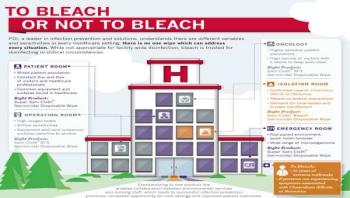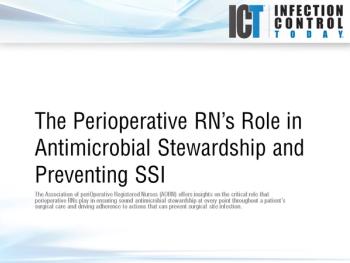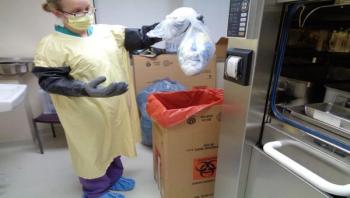
News




Sepsis is an inflammatory response to infection that's known to develop in hospital settings and can turn deadly when it's not discovered early on. In a new study, a hospital surveillance program focusing on reducing the risks of sepsis, known as the two-stage Clinical Decision Support (CDS) system, was found to reduce the risk of adverse outcomes, such as death and hospice discharge for sepsis patients, by 30 percent over the course of one year. This study is published today in the American Journal of Medical Quality.



During influenza season, which can start as early as October and end as late as May, tens of thousands of people visit physicians because of influenza-like illness (ILI). Given the concentrated volume of patients presenting with these symptoms and the similarity of ILI symptoms with those of other common respiratory infections, it is not surprising that these patients are generally treated empirically, without a formal diagnosis.




Drug-resistant forms of Plasmodium falciparum, the deadliest species among malaria parasites, are able to infect the type of mosquito that is the main transmitter of malaria in Africa, according to findings from scientists at the National Institute of Allergy and Infectious Diseases (NIAID), part of the National Institutes of Health, and global partners. The discovery suggests Africa--where malaria will cause an estimated 400,000 deaths in 2015--is more at risk for drug-resistant malaria infections than previously thought, which could further compromise efforts to prevent and eliminate the disease.
















It’s usually the small things that are overlooked, emphasizes John Lowe, PhD, assistant professor in the Department of Environmental, Agricultural and Occupational Health at University of Nebraska Medical Center (UNMC). Lowe’s facility was among a handful in the United States that treated patients infected with Ebola virus in 2014. Healthcare systems such as UNMC and Emory University Hospital in Atlanta have well-established biocontainment units and expert staff that helped stop the spread of the deadly pandemic pathogen.


